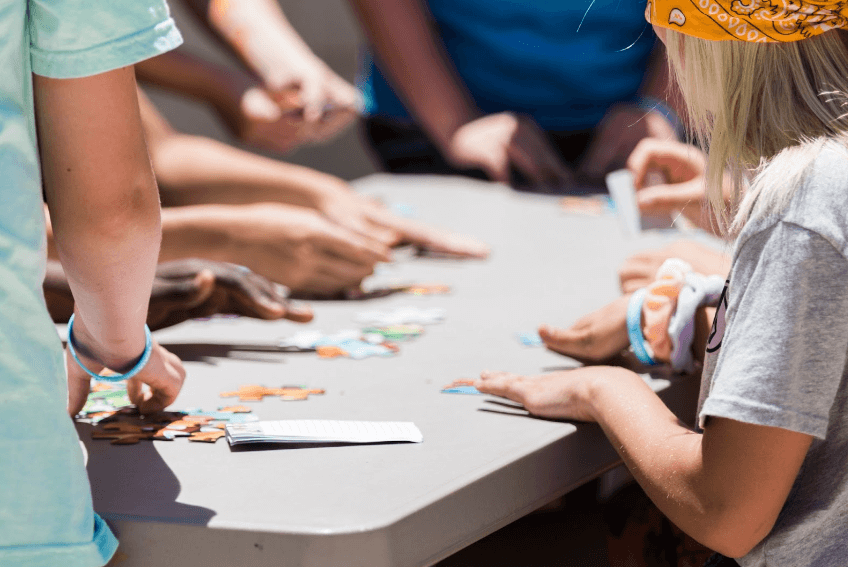How to Utilize Escape Room Games for Collaborative Classroom Activities

The very concept of escape rooms is related to being able to listen and find clues together as certain challenges must be faced and dealt with. Leaving one’s comfort zone takes place as well, even though we talk about an escape. Still, the main idea is not to dive into escapism but to implement strategic thinking, logic, and various creative ideas to achieve a certain solution. This is precisely where collaborative classroom activities take place, thus forcing every student to talk and cooperate on a totally different level. This way, escape room games can be adjusted to certain subjects and add more focus on sociocultural points if the need comes.
Utilizing Escape Room Games for Collaborative Classroom Activities
- Start With Accessible Instructions.
If you want to promote collaboration and resilience, the most important is to provide accessible instructions and set the rules. It will not only help students to become disciplined but will provide a certain roadmap for the game by setting aims that can be achieved. The same is true for limitations. If clarity of instructions poses a problem, approach essay writing services like Grabmyessay for editing and correction of your structure. Making your content child-friendly is always challenging, so take your time to outline this part first! An instruction for the escape game can be cryptic and implement detective-like structures. It is the language and the correct use of grammar with accessible sentences that will teach students the art of expression and correct writing.
- Let Students Form Teams.
While it is tempting to form teams by assigning roles to each student based on their academic progress or gender, let your students be in control by forming certain teams. At the same time, you have to ensure that no one is left behind and that there is no classroom bullying with certain youngsters not accepted in any team. Depending on the game in question, you can start by allowing students to discuss what they would like to see and achieve from the game. When students start to express ideas, they usually explore and use cognitive skills to explain certain ideas.
- Balance Between Group and Individual Tasks.
Although we talk about the use of collaborative classroom activities, the best solution for escape games is finding the golden medium between working in groups and trying to achieve something individually. For example, as you decide on the escape room classroom theme, you discuss it together but assign individual tasks to every student. Depending on individual skills, some may come up with good drawings or poetry to keep things cryptic (in a good way!) and inspiring. Likewise, dealing with a treasure map can be a mixture of individual and group tasks as a way to make things even more interesting!
- Use Critical Thinking Promotion.
When you see students being lost and even starting to argue about something, you have to intrude as an educator. Still, you have to remember that some tension is only natural as the solution is being found. The trick is to promote critical thinking and share certain hints with the students by participating in the game. You can play the role of an old pirate or a smart computer creature by adding an element of drama to the game. If you choose to escape from the haunting house, you can take the role of an old man or a lady who has lived there once as a child. This way, you can bend the rules a bit and tell a story to promote analysis and critical thinking.
- Reflective Writing and Presentations.
As a teacher, you can easily take things even further by asking your students to do reflective writing work based on the escape games. Let your learners talk about what they have learned. You can provide a writing prompt or a list of questions. It can be achieved with the help of group projects and the use of presentations. Ask students to reflect and write down the key elements of finding a solution.
Escape Room Games and Engagement
Even unlike team video games and collaborative tasks, escape rooms pose a different task for the students, which can be easily compared to survival game strategies. As a rule, there is way more fun as learners of all ages implement strategic thinking and feel engaged under the same creative umbrella.
Working in small groups also helps to determine common variables between people of different backgrounds as communicational skills come into play. The best part, however, is the high level of student engagement, which is hard to achieve with other activities as students always remain attentive, seeking clues and actually listening to each other. Setting the goals, students learn how to plan different strategies and seek common solutions by taking step after step!
